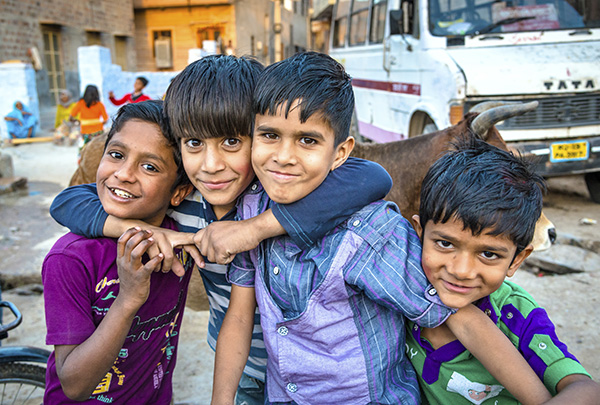
Lalita Ramanujan
Director Alfa to Omega Learning Centre
Chennai
Introduction
Ability to form and maintain friendship according to the norms of one’s peer group reflects the level of social competence of any student. Schooling does not mean learning from books, the child learns to perform life tasks, adapt to different situations, self evaluate and experience peer and teacher evaluation. In the primary and secondary grades the child learns to be more critical, objective and judgemental. These skills as s/he matures are highly influenced by social norms and peer pressures. Peer evaluation is very important to a teenager. Most students adapt to the school and obtain adequate positive self-image and confidence.
Deficiency in social skills and/or lack of adaptabilty
A student who is socially inadaptive could be shy, withdrawn, or aggressive. Social deficits may concur with academic deficits with associated disorders of Attention Deficit, languge disorders or with Attention Defict hyperactivity Disorder, Learning Disability etc., However it is most acutely experienced by persons with autism and Asperger’s Syndrome. These students are unpopular among class peers, they are often loners in school, but comfortable with adults or younger children.
The manifestations are:
- Difficulty in joining a group conversation
- Unable to see how her/his behaviour could affect the group
- Unable to see if her/his behaviour has caused any problem
- Talks about a happy event with a stern expression
- Gets into a fight for even minor incidents
Underlying causes for the manifestations:
1. Semantic Pragmatic Disorder. Difficulty in using language in a social context- wrong choice of words /tone.
2. Poor Self control.
According to Structural Cognitive Modifiability Theory, a hypothesis presented by R.Feuerstein, all of us are capable of being modified cognitively and to be motivated. We can adapt ourselves to varied and diverse demands of life, not withstanding age, or disabilities. The interaction between the adult and the child brings in a se of actions that influence the end result.
The three most important criteria outlined for effective mediation are:
1. Intentionality and reciprocity
2. Meaning and
3. Transcendence
Intention is the effort to produce a state wherein the information will be registered; reciprocity aspect is important to bring about a state of mutual trust and confidence. When the child is able to understand the meaning of a new stimulus within context and not in isolation, then it leads to further enthusiasm and motivation. Transcendence refers to the goal of interaction. This becomes evident when the child generalizes the learning to all other aspects of life.
Motivational and affective aspects are interconnected, hence the role of the mediator is to work holistically on both. The two factors are important aspects to enforce mediation and bring structural cognitive modification in the child. Negative emotions like mistrust and strong passivity could interfere with mediation, on the other hand trust, feeling of well being, self confidence, optimism, are postive factors that would foster mediation.
The role of the mediator or the faciltator is transactional in nature
Feurstein’s theory of Mediated Learning Experience, explains the role of a mediator, who plays an important role of triggering the innate potential of the learner. Creating awareness about self is the goal of the intervention process. When the child envisages himself as the source and advocate of his behaviour, it will result in positive self image.
The child should ultimately be able to reflect and have an insight into his thinking process.
Strategies to incorporate appropriate social skills:
a) Teach how to begin and maintain a conversation
b) How to share
c) How not to offend others
d) Find solutions to problems
e) Take part in team or group games
f) Role play appropriate and inappropriate behaviour
g) Model how to relate to people- peer or adult
h) Discuss morals in human value stories
i) Learn to show empathy
j) Cues for body language
k) Ways to find the level of emotion stated in a text
l) Maintain a diary to develop inner dialogue
